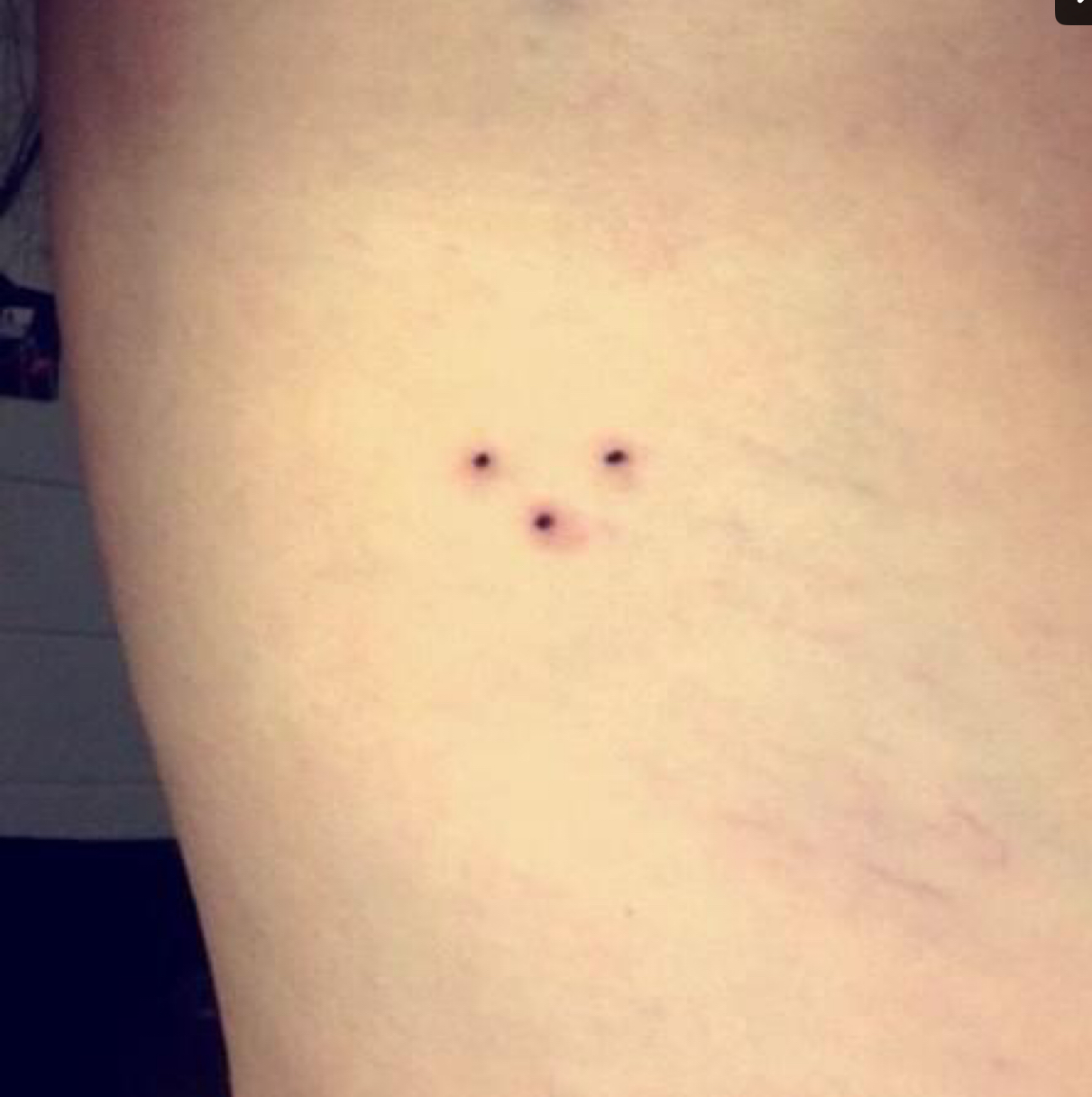Pay attention to your body if you feel that… See more
The Liver: Functions, Symptoms of Fatty Liver, Causes, Risk Factors, and Prevention
The liver, an organ about the size of a football, is located just beneath the rib cage on the right side of the abdomen. It plays a crucial role in digesting food and eliminating toxins from the body.
Symptoms of Fatty Liver
Non-Alcoholic Fatty Liver Disease (NAFLD) usually has no symptoms. When symptoms do occur, they may include:
Fatigue
Pain or discomfort in the upper right abdomen
Possible signs of Non-Alcoholic Steatohepatitis (NASH) and advanced scarring (cirrhosis) can include:
Abdominal swelling (ascites)
Enlarged blood vessels just under the skin’s surface
Enlarged spleen
Red palms
Yellowing of the skin and eyes (jaundice)
Causes
Experts aren’t entirely sure why some people accumulate fat in the liver while others don’t, or why some fatty livers develop inflammation leading to cirrhosis.
NAFLD and NASH are linked to:
Being overweight or obese
Insulin resistance, where cells don’t absorb sugar in response to insulin
High blood sugar (hyperglycemia), indicating prediabetes or type 2 diabetes
High levels of fats, particularly triglycerides, in the blood
These combined health issues appear to promote fat deposits in the liver. For some, this excess fat acts like a toxin to liver cells, causing inflammation and non-alcoholic steatohepatitis (NASH), which can lead to liver scarring.
Risk Factors
A variety of conditions can increase the risk of developing NAFLD, such as:
High cholesterol
High triglyceride levels in the blood
Metabolic syndrome
Obesity, especially when fat is concentrated in the abdomen
Polycystic ovary syndrome
Sleep apnea
Type 2 diabetes
Low thyroid activity (hypothyroidism)
Low pituitary gland activity (hypopituitarism)
NASH is more likely to develop in:
Older individuals
People with diabetes
People with abdominal fat concentration
It’s challenging to distinguish between NAFLD and NASH without additional tests.
Prevention
To reduce your risk of NAFLD:
Choose a healthy diet: Opt for a plant-based diet rich in fruits, vegetables, whole grains, and healthy fats.
Maintain a healthy weight: If you’re overweight or obese, aim to reduce your daily calorie intake and exercise more. If you’re at a healthy weight, try to maintain it by eating well and staying active.
Exercise regularly: Engage in physical activity most days of the week. Consult your doctor first if you’re not used to regular exercise.
Strategies for Fatty Liver Treatment
Lose weight if overweight or obese, and avoid overeating.
Reduce refined carbohydrates from your diet.
Include liver-friendly foods that help reduce liver fat.
Foods to Avoid for Fatty Liver
High-fat foods
Foods rich in cholesterol like eggs, liver, butter, pâté, mayonnaise, fatty meat cuts, whole milk, cream, deli meats, and bacon
Foods high in saturated fats such as lard, butter, coconut oil, and palm oil





